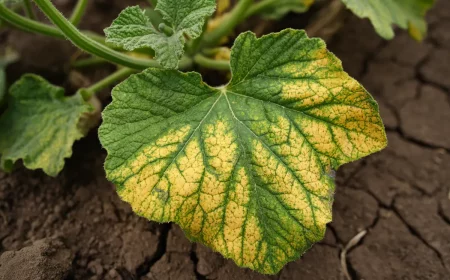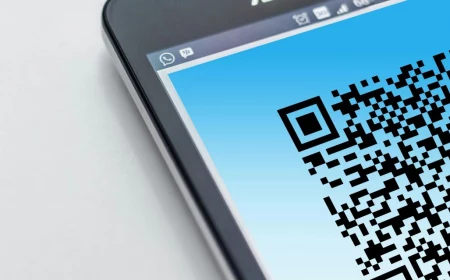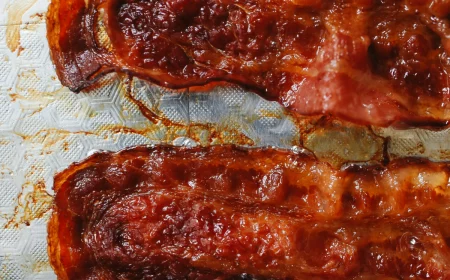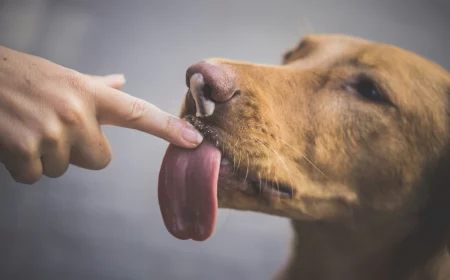Got a Painful Eyelid Stye? Here’s Your No-Nonsense Guide to Healing It
Waking up with a tender, red bump on your eyelid is the worst. It can show up out of nowhere, making you feel self-conscious and worried. In my time in eye care, I’ve seen that sudden panic countless times. People worry about their vision or how long this annoying lump will stick around. Let’s be real, it’s painful and can throw off your whole week.
In this article
- First Things First: Is This Thing Contagious?
- So, What Is a Stye, Anyway?
- The Absolute Best Thing You Can Do: The Warm Compress
- Keeping It Clean for Faster Healing
- What NOT to Do: A Few Crucial Warnings
- When to Wave the White Flag and See a Doctor
- What to Expect at the Doctor’s Office
- How to Prevent These Annoying Things from Coming Back
- Inspirational Gallery
This guide is basically the chat we’d have if you came into the clinic. We’re going to walk through what a stye actually is, the right way to treat it at home, and the signs that mean it’s time to call a professional. This isn’t about miracle cures; it’s about working with your body to heal things safely and effectively. Oh, and over-the-counter pain relievers like ibuprofen or acetaminophen are totally fine to use to manage the discomfort. Just follow the directions on the bottle.
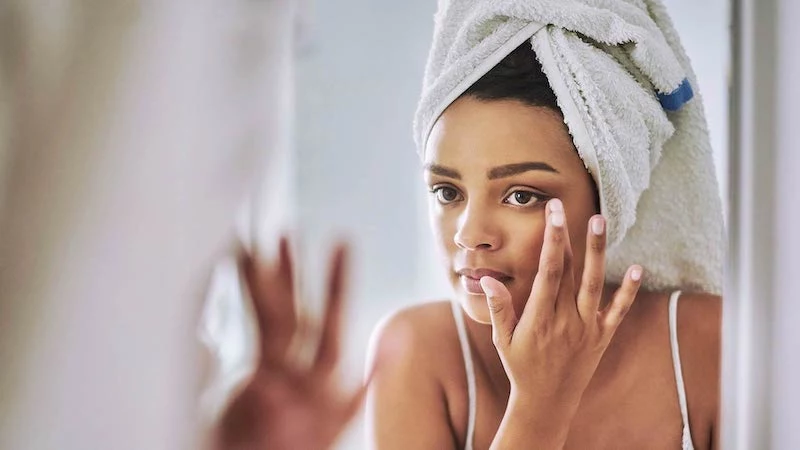
First Things First: Is This Thing Contagious?
This is probably the number one question on your mind, especially if you have kids or share a bathroom. So here’s the straightforward answer: a stye itself isn’t contagious in the same way pink eye is. You can’t give someone a stye just by being near them.
But—and this is a big but—it’s a bacterial infection. The bacteria (usually Staph) can be spread. If you touch your stye and then touch your other eye, you could start a new one. It’s also why sharing towels or makeup is a huge no-no. So, be diligent about handwashing and keep your hands away from your eyes as much as humanly possible.
So, What Is a Stye, Anyway?
To fix the problem, it helps to know what’s going on. A stye isn’t just a random pimple; it’s a tiny, blocked-up oil gland right on your eyelid margin. Your eyelids have these little glands that produce oil to keep your tear film healthy and prevent your eyes from getting dry. When one gets clogged with a bit of dead skin or thick oil, bacteria have a field day. The result is a classic infection: red, swollen, and tender to the touch.
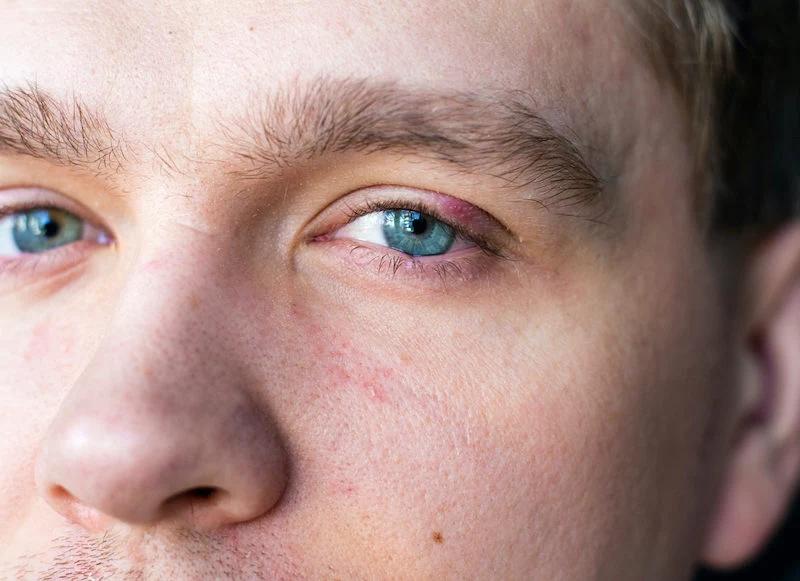
There are two main flavors:
- External Stye: This is the one most people think of. It’s at the base of an eyelash and looks like a small pimple. These usually come to a head and drain on their own pretty quickly.
- Internal Stye: This one’s deeper inside the eyelid in a larger oil gland. It can be more painful and cause more general swelling without a distinct “head.” Sometimes these can turn into a hard, painless lump called a chalazion after the infection is gone, which is basically just trapped, inflamed material that can stick around for a while.
The Absolute Best Thing You Can Do: The Warm Compress
If you’re in a bit of a panic and just need to know what to do right now, here’s the game plan: First, wash your hands thoroughly. Second, get a clean washcloth, run it under comfortably warm water, and gently place it over the closed eye for 10-15 minutes. Third, whatever you do, do not squeeze, poke, or try to pop it. Seriously.
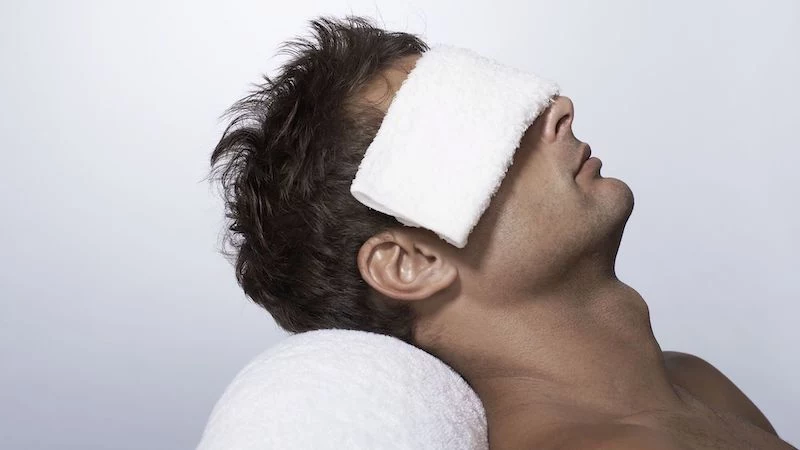
Now, let’s talk about why this simple step is so powerful. The thick, waxy oil plugging that gland is the root of the problem. The goal of a warm compress is to gently raise the temperature of that plug until it melts, kind of like butter. This allows the gland to drain, which relieves the pressure and lets the healing begin. The heat also boosts blood flow to the area, bringing in your body’s own infection-fighting cells.
The Classic Washcloth Method
The washcloth is the budget-friendly champ—you already have everything you need. The key is doing it right.
- Start Clean: Wash your hands with soap and water. No exceptions!
- Get it Warm, Not Hot: Use a clean washcloth and run it under warm water. Test it on your inner wrist; if it’s too hot for your wrist, it’s way too hot for your eyelid. Wring it out so it’s damp, not dripping.
- Apply Gently: Close the affected eye and just lay the cloth over it. No pressing or rubbing.
- Stay Consistent: A washcloth cools down in a couple of minutes. You’ll need to re-warm it every few minutes to maintain that gentle heat. Aim for a total of 10-15 minutes, and do this 3-4 times a day. Consistency is everything.
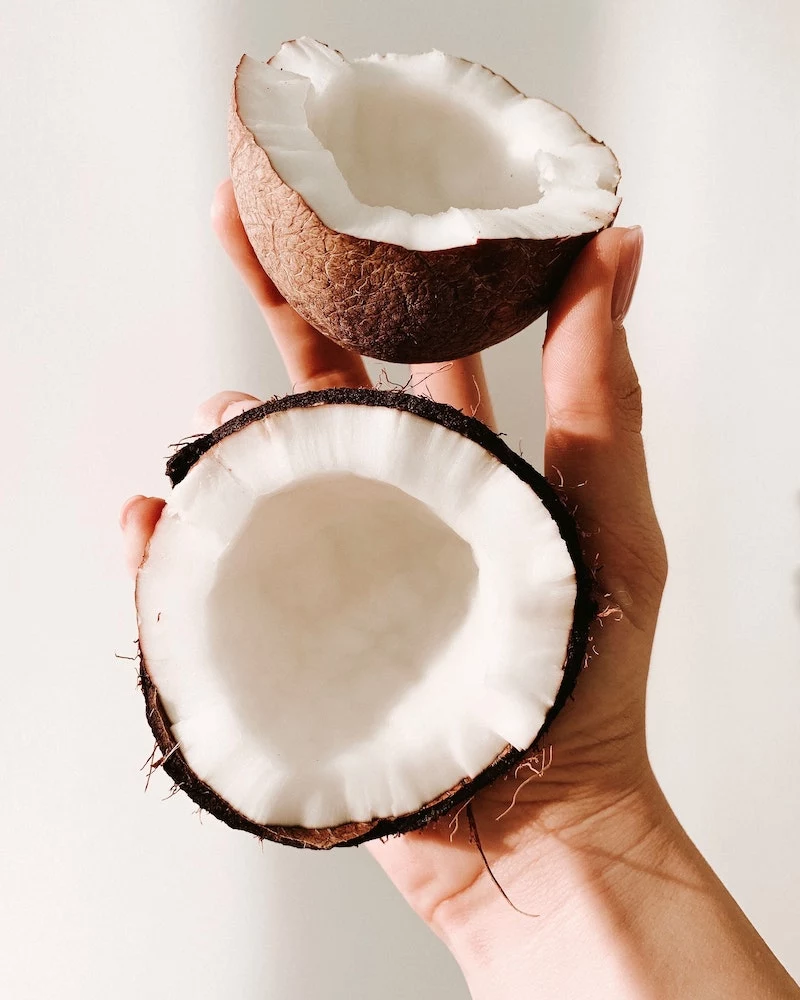
The Convenient Upgrade: Microwaveable Masks
Honestly, reheating a washcloth every two minutes can be a pain. If you’re prone to styes or just want a more effective option, consider a commercial, microwaveable eye mask. You can find these online or at most drugstores for around $15-$25. Their big advantage is that they hold a consistent, moist heat for the full 10-15 minutes, making them more effective and way easier to use. A heads up, though: you MUST follow the heating instructions to the letter to avoid a nasty burn.
Keeping It Clean for Faster Healing
While the stye is active, and for long-term prevention, keeping your eyelid margins clean is a must. This gently removes the gunk, skin flakes, and bacteria that caused the problem in the first place. The best time to do this is right after a warm compress when everything is softened up.
Putting Together Your Stye Care Kit
You have a couple of solid options here, depending on your budget and preference.
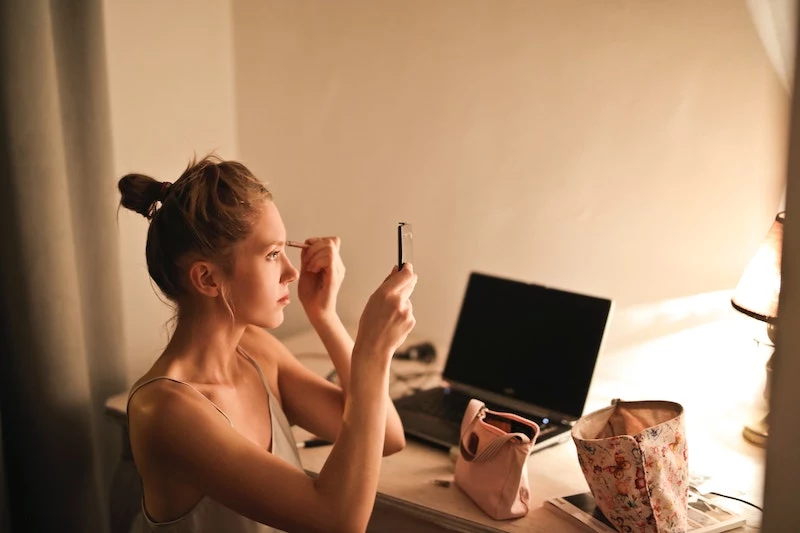
The Budget-Friendly Kit: A clean washcloth and some tear-free baby shampoo are all you need. For the cleaning solution, just add one or two drops of the baby shampoo to about half a cup (4 ounces) of warm water. It’s cheap and it works, though it can be a little drying for some people. If it stings, stop.
The Convenience Kit: For a few extra bucks, you can grab pre-moistened eyelid wipes from brands you’ll see at the pharmacy. They are designed specifically for eyes, so they’re sterile and super gentle. A box will typically cost you between $10 and $20 and is great for travel or just saving time.
To clean, just dip a cotton swab (or a clean finger) in your solution, close your eye, and gently rub back and forth along your lash line. Don’t scrub! Then give it a gentle rinse with water and pat dry.
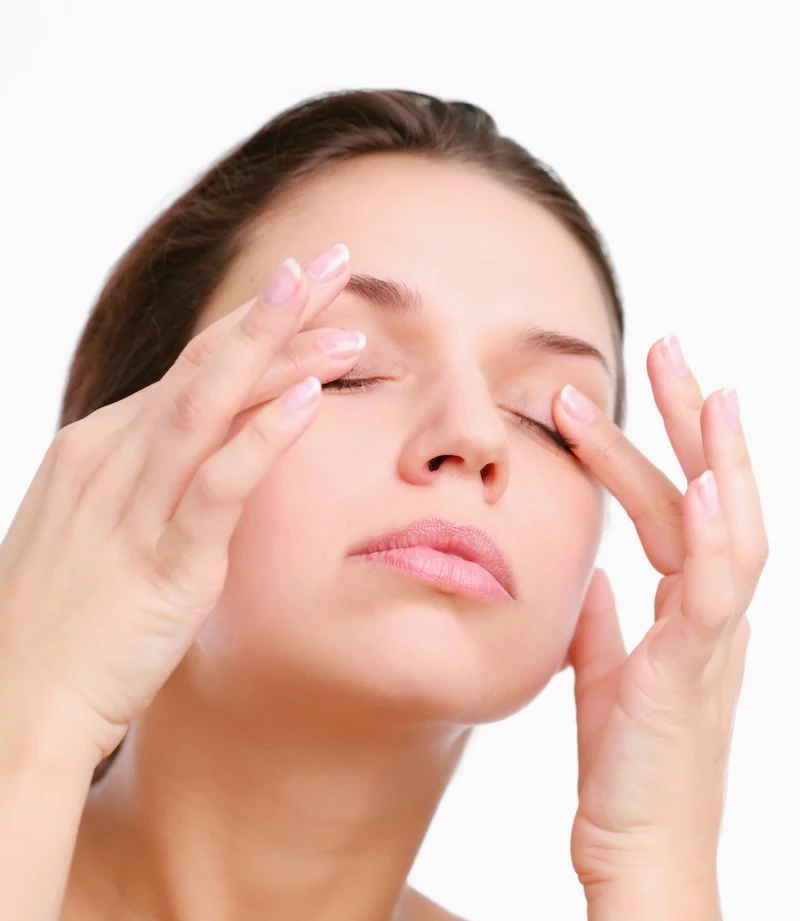
What NOT to Do: A Few Crucial Warnings
What you don’t do is just as important as what you do. Trying to take a shortcut can turn a simple stye into a major problem.
The Cardinal Sin: Never, Ever Pop a Stye
I cannot say this enough: DO NOT squeeze, pop, or puncture a stye. It’s not a pimple. Your eyelid tissue is incredibly delicate. Squeezing it can push the infection deeper, causing it to spread across your entire eyelid (a condition called preseptal cellulitis). That means a trip to the doctor and strong oral antibiotics.
I once saw someone who tried to pop a stye with a needle. The infection blew up, their eyelid swelled completely shut, and they ended up with a fever. It took a week of intensive treatment to fix. On the flip side, I’ve also seen the incredible relief on a person’s face minutes after a quick, sterile drainage procedure in our office. When it’s done by a pro, it’s a game-changer. Let the stye drain on its own or let a doctor handle it.
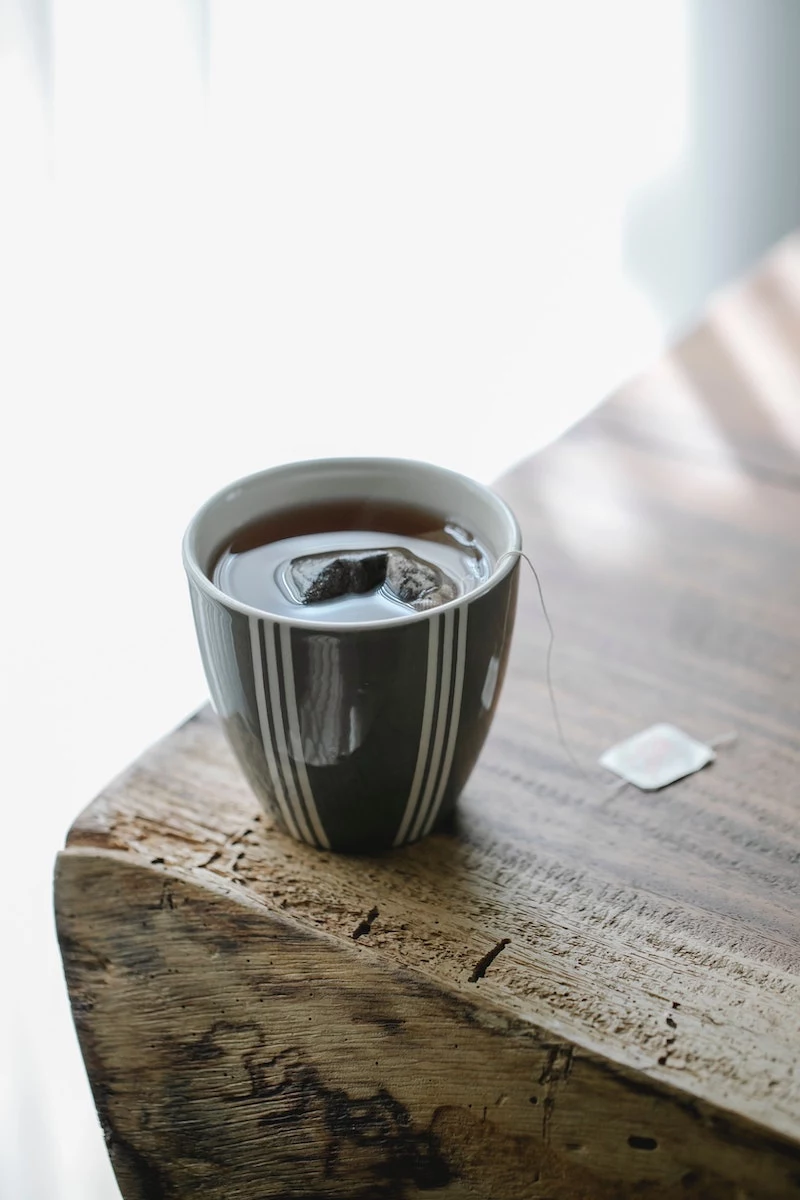
Pause the Makeup and Contacts
- Makeup: Just don’t. Eye makeup will clog the glands further and introduce more bacteria. And you have to throw out any mascara or eyeliner you used right before the stye appeared—they are contaminated and will just cause another infection. It’s a tough pill to swallow, but necessary.
- Contact Lenses: Switch to your glasses immediately. A contact lens can trap bacteria against your cornea, which could lead to a painful and vision-threatening ulcer. Wait until the stye is totally gone for at least two days, and then start with a fresh pair of lenses.
What About Those OTC Stye Ointments?
You’ve probably seen them at the pharmacy. Should you buy one? To be frank, they are generally harmless but not very effective. Most are just sterile lubricants, like petrolatum. They don’t contain a strong enough antibiotic to clear a real infection. They might feel soothing, but they aren’t a substitute for warm compresses, which do the actual work of unblocking the gland. They won’t hurt, but don’t expect them to be a magic bullet.
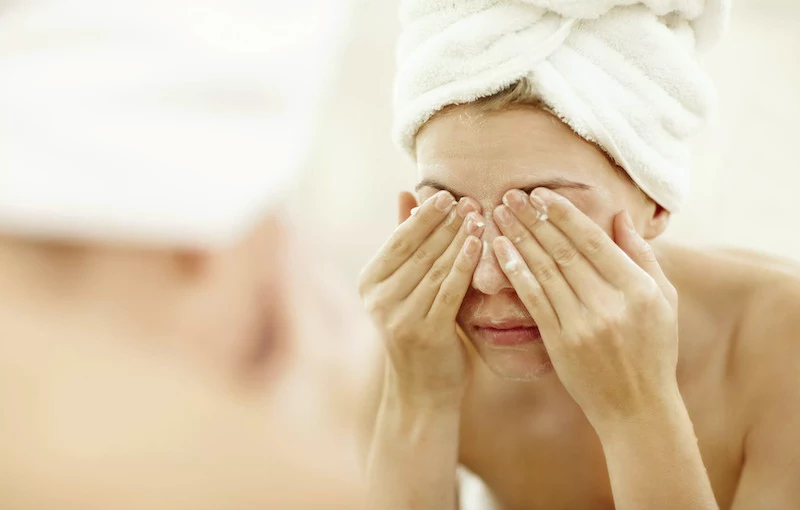
When to Wave the White Flag and See a Doctor
Most styes clear up with home care in about a week. But you need to know the red flags that mean it’s time for professional help. Give your eye doctor a call if:
- It’s not getting any better after 2-3 days of diligent home treatment.
- The redness and swelling start spreading to your whole eyelid or your cheek.
- Your vision gets blurry (a little blur from tearing is fine, but it should clear when you blink).
- The pain is severe or the stye is getting really large.
- You see any blisters on your eyelid—this could be a sign of a viral infection.
- You feel sick, like you have a fever or chills.
- You get styes all the time. This points to an underlying issue that needs to be managed.
Honestly, just trust your gut. If you’re worried, a quick professional check-up is always worth it.
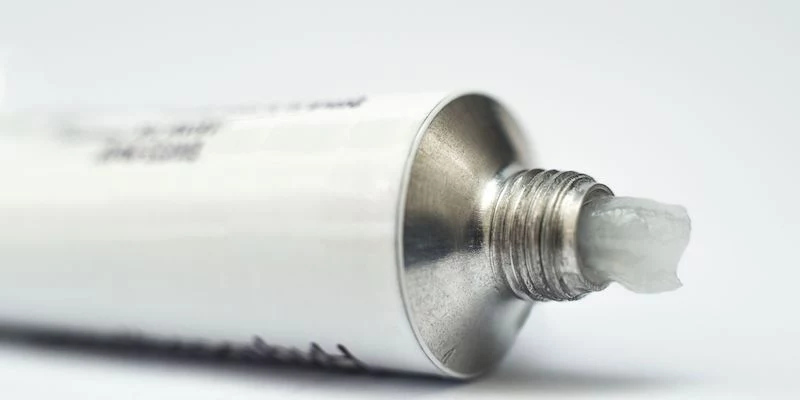
What to Expect at the Doctor’s Office
If you do go in, the visit is usually quick and straightforward. The doctor will use a special microscope to get a super-magnified look at your eyelid and confirm the diagnosis.
If home care isn’t cutting it, they might prescribe a potent antibiotic ointment or, in some cases, oral antibiotics. For a really stubborn, painful stye that won’t drain, they can perform a quick and simple in-office procedure to drain it, which provides immediate relief.
Good to know: A visit for a stye is typically handled by your medical insurance, not your vision plan. An in-office procedure might have an additional cost or co-pay, so it’s always smart to check with your insurance provider first.
How to Prevent These Annoying Things from Coming Back
The best treatment is prevention, right? If you’re prone to styes, a few daily habits can make a world of difference.
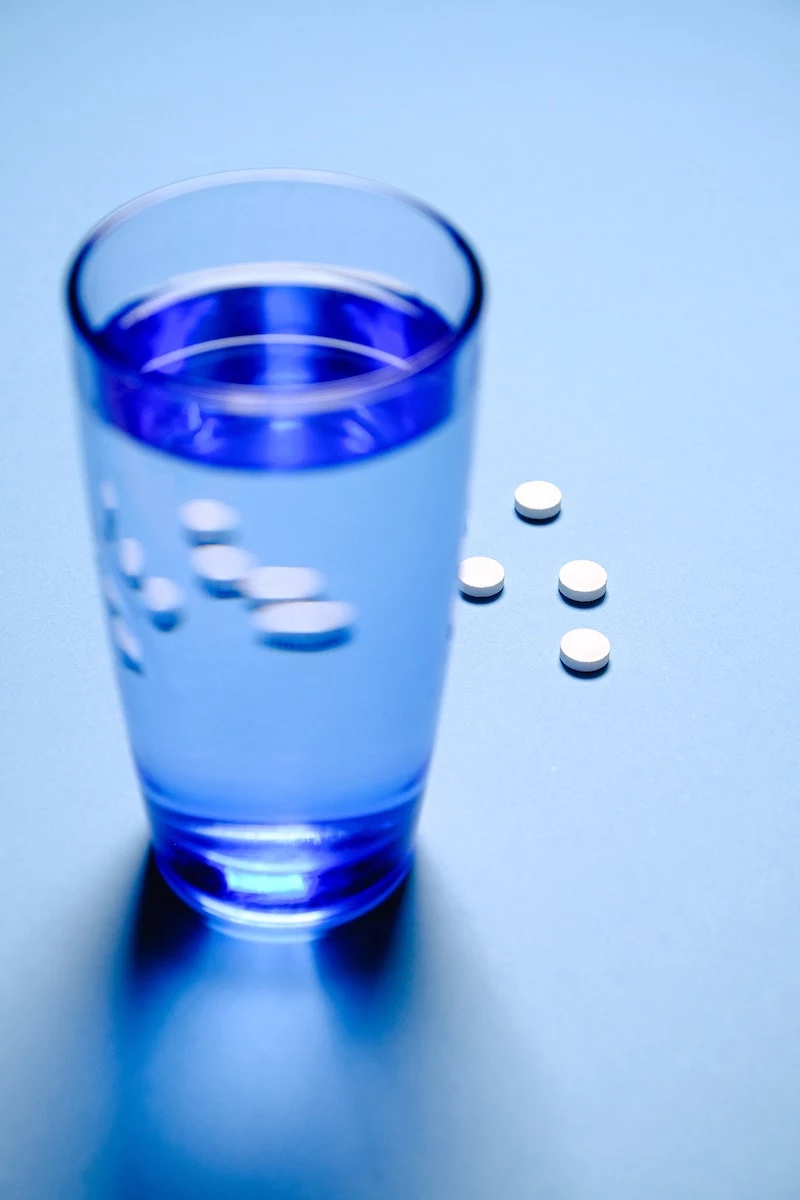
Make daily lid hygiene a habit, just like brushing your teeth. A quick wipe along the lash line every night can keep those glands clear. And if you know your glands tend to get clogged, doing a warm compress for 5 minutes each day can keep the oils flowing smoothly. Finally, practice smart makeup habits: replace mascara every three months, never share, and always take it all off before bed. It’s the simple, consistent things that work best.
Inspirational Gallery
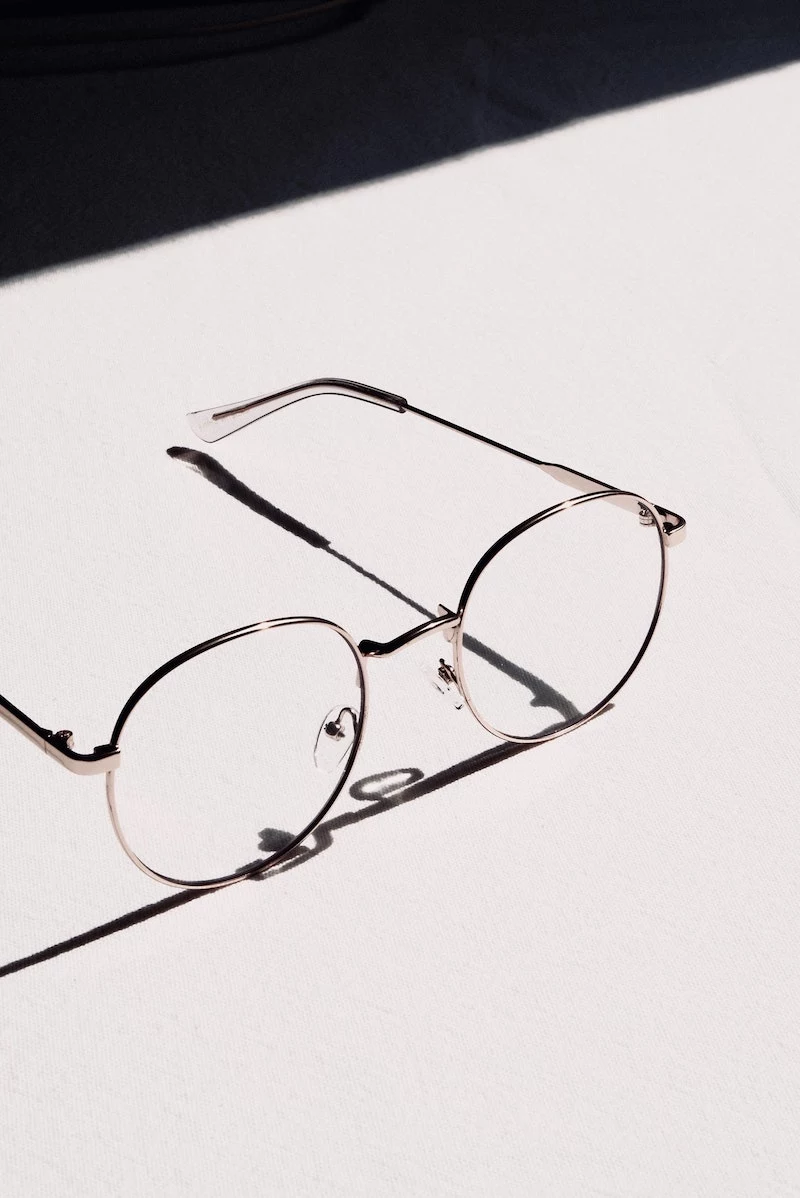

Tempted to cover that stye with concealer?
Think again. Applying makeup over a stye is one of the worst things you can do. It can introduce more bacteria, clog the gland further, and prolong the infection. Even worse, your makeup applicators and products (especially mascara wands and eyeliner pencils) will become contaminated. The golden rule: go makeup-free until the stye is completely gone. To be safe, it’s wise to toss any eye makeup you used right before the stye appeared.

The standard staphylococcus bacterium, a common resident on our skin, is responsible for about 90-95% of all styes.
This highlights why prevention is all about diligent hygiene. It’s not about eliminating all bacteria, but managing it. This means more than just hand washing. Consider incorporating a dedicated eyelid cleanser, like those from OCuSOFT or Avenova, into your routine, especially if you’re prone to styes. Wiping your lids clean before bed removes the daily buildup of oils, skin cells, and makeup residue that bacteria love to feed on.
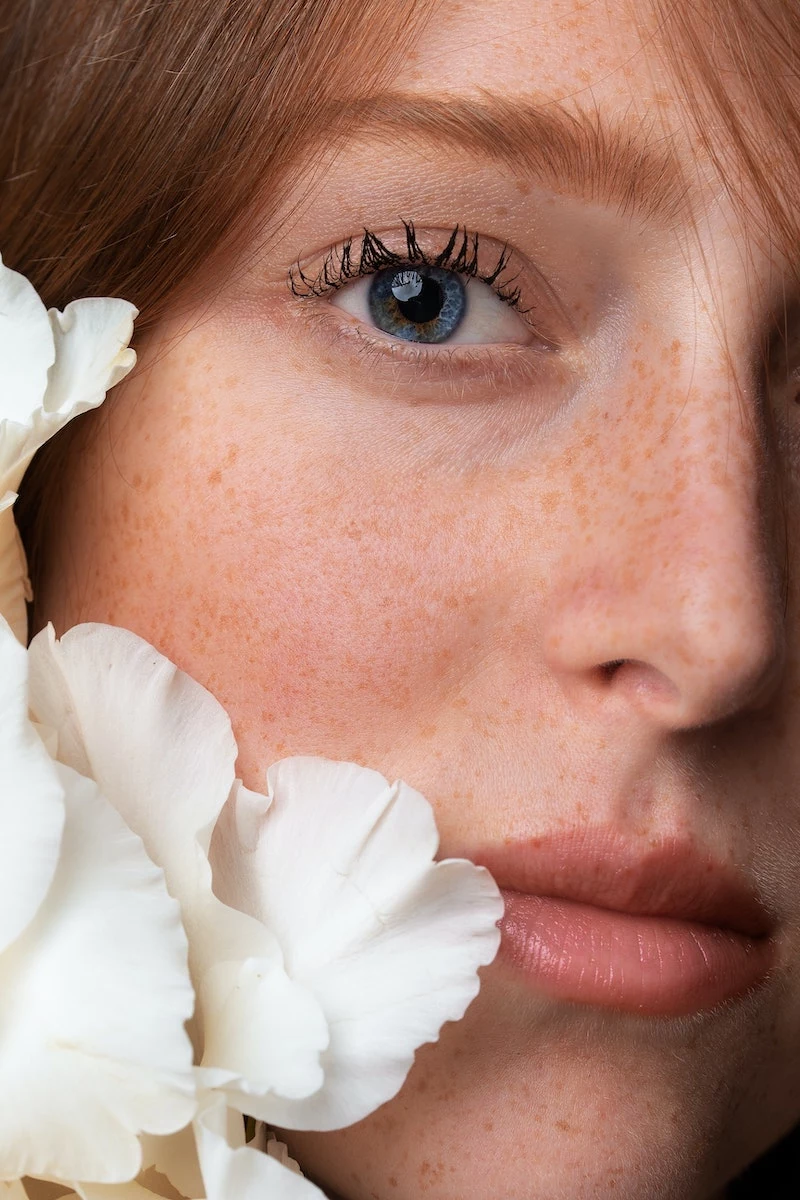
Warm Compress Pro-Tip: For a warm compress to be truly effective, consistency and moisture are everything. A dry heat source won’t penetrate as well. Use a clean washcloth soaked in warm (not hot!) water. The goal is to gently liquefy the oils blocking the gland. Hold it against the affected eye for 10-15 minutes, re-warming the cloth as needed. Doing this three to four times a day significantly encourages the stye to drain naturally and safely.
Beyond basic hygiene, a few key habits can drastically reduce your risk of another painful stye:
- Replace your mascara and liquid eyeliner every three months, without exception. These are prime breeding grounds for bacteria.
- Never share eye makeup or towels. It’s a direct route for bacterial transfer.
- If you wear contact lenses, always wash your hands thoroughly before handling them and stick to your replacement schedule.
- Fully remove all eye makeup before you go to sleep. An oil-free makeup remover is an excellent choice for this.

